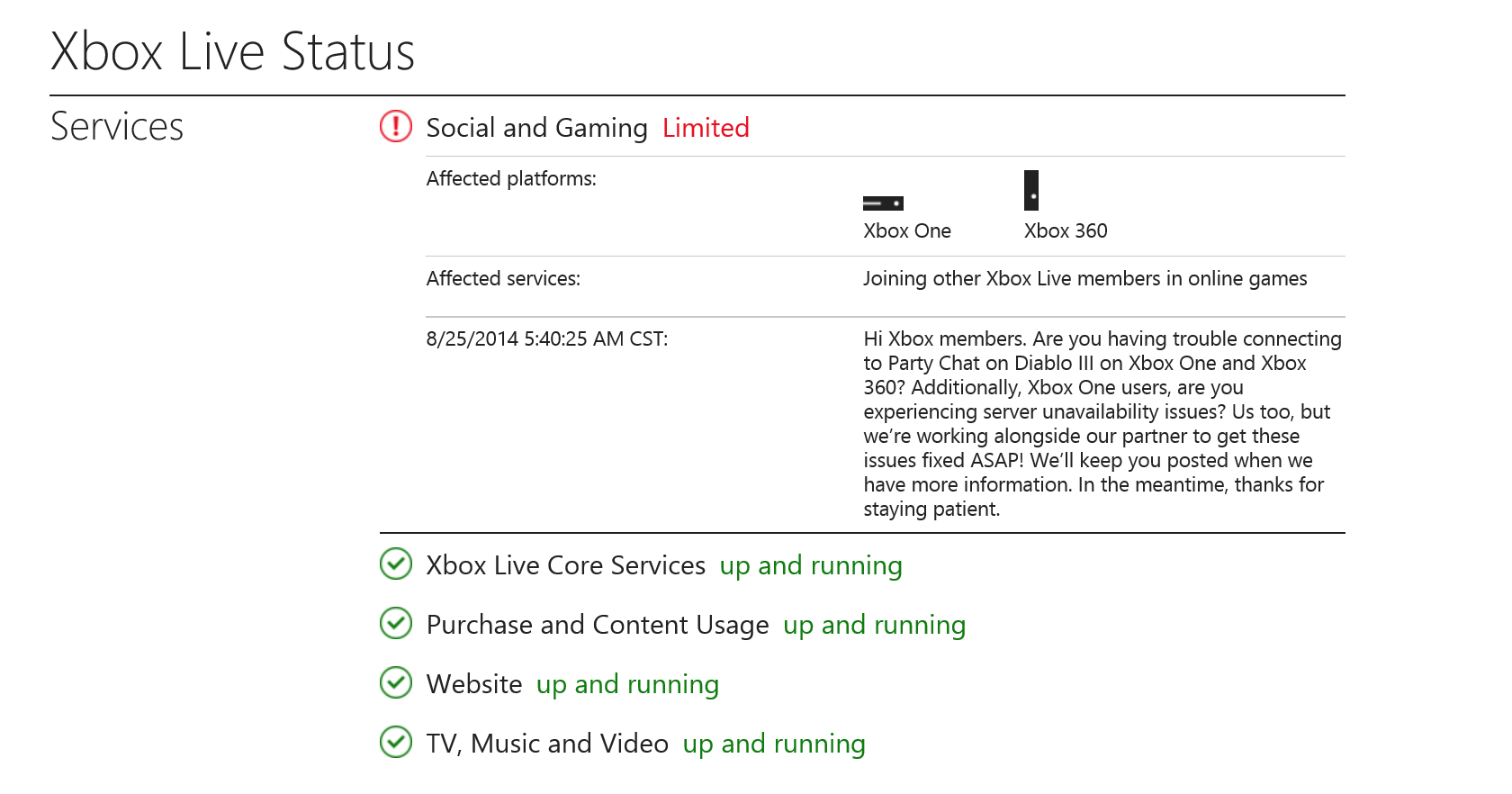You don’t have to be anti-man to be pro-woman.
–Jane Galvin Lewis
Yesterday while I was observing Labor Day, the day set aside to celebrate the social and economic advancement of the American worker in the U.S.— it provided some time to reflect and consider the topic of women in the workforce and specifically pay parity.
What if I gave you 77 cents for every dollar you earned? Would you feel fairly compensated? Unfortunately, that’s generally the wages the average working woman makes as opposed to her male counterparts.
The 77 cents for every dollar? That’s a generalization that averages in all jobs across the board. The good news is that the tech industry is more progressive. Pay parity, according to various surveys, is equal in our industry as long as the job titles are the same.
Of course, the catch is that women aren’t as likely to have the top titles. (For a more in-depth look at this you can go to one survey at Dice.)
Nevertheless, I believe tech is a great place for women and has a rich tradition, from Ada Lovelace to Admiral Grace Hopper. When I began in tech, role models were few. Today, if you look around today, there are a number of role models for women starting out: Marissa Mayer, Sheryl Sandberg, and Susan Wojcicki, to name a few. But the playing field is still far from level.
Where and how can we level the playing field?
Maybe online? As reported in a survey by freelance job site Elance, women in technology are finding more opportunities online than on-site. According to their survey of 7,000 global independent professionals, 80% of respondents also said they’re optimistic about the future of high-tech professions for women even though a majority still sees a lag in pay equality and encouragement from parents and/or teachers.
Fabio Rosati, CEO of Elance, noted, “Online work provides an attractive avenue to neutralize gender discrimination around the world and create flexible professional opportunities not available in traditional job markets.â€
That’s one solution. I think another has got to be education. Basically, education is a great lever to pay parity.  And, backing programs such as Girls Who Code is a great way to get young women engaged in technology.
Mentoring is also another great avenue. It’s something I’m proud to say I use to measure my success as well.
I hope to share more of my thoughts and experiences at SWXS this coming year as a featured speaker on the topic “Boardroom or Baby.†You can support me and continue to raise awareness for the issue by going here to vote for my presentation.  Voting closes Friday, Sept. 5th – so go check out the SXSW PanelPicker and vote today!
![]()
![]()




